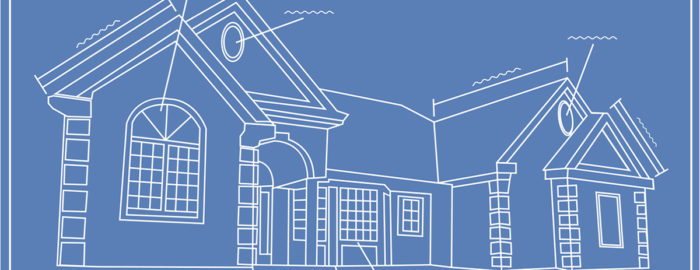Buyers, sellers and real estate agents often use square footage as their common demoninator in determining the value of a home. There is no quick method or automated value method that will give you the correct amount. It may seem like a straight forward process, but there are several variances that can lead to inaccurate value determinations.
When you use similar properties in size, location, condition and amenities to compare with a subject property and arrive at a price, we call this the market data approach. However, slight differences in any of these factors can change the price per square foot. There are professional appraisers who are trained and licensed to make adjustments for the differences, but these adjustments might not be objective and opinions can be inserted that affect values.
In order to make accurate adjustments, you have to assume that the square footage on the comparable properties picked is correct. Then your next concern is how was the subject property measured.
Commonly accepted is measuring the outside of the dwelling on detached housing. Then rules come into play like; is it customary to include porches and/or patios under a roof, do they get full value or partial value? Is any value given to a garage since it is not “living area?” Are other areas without HVAC valued?
Some states don’t give any consideration to the square footage of a basement. Other states will give value if it is finished and has walk-out capability. Similarly, attic space could be finished and under HVAC but if the ceiling height is not standard for the home, it may not receive value.
All these differences become heightened when the comparables are not judged consistently and the default common denominator falls back to square footage on each home. Price per square foot is calculated by taking the sales price and dividing it by the number of square feet being quoted.
Then there is the question of where did the square footage come from? It could be from the original builder telling the original purchaser. It could be from a set of plans, but what if there were changes made to the home during the build?
A common source is the county tax assessor. The don’t usually measure the home but take the word of the builder or an appraiser. If there were any permits taken out for any work on the home it might be reflected in the square footage, but permits are not always obtained.
So, we have now introduced to you more doubts than solutions on finding price per square foot. There is no one-size-fits-all type of methodology and it usually depends on who calculates the measurement and for what purpose the measurement is being used.
The most highly trained person in the scenarios above is the appraiser. He or she should be measuring the home in an “as is” condition. But remember even a competent person can make a mistake whether on purpose or accidentally. All parties involved must be vigilant and do diligence to get the correct numbers.
Want Some Insider Information on Fairfax VA homes for sale? Get a FREE Market Snapshot Report of Your Northern Virginia Home’s Value, or Search All Northern Virginia Homes For Sale. Put that data you need at the tips of your fingers!


